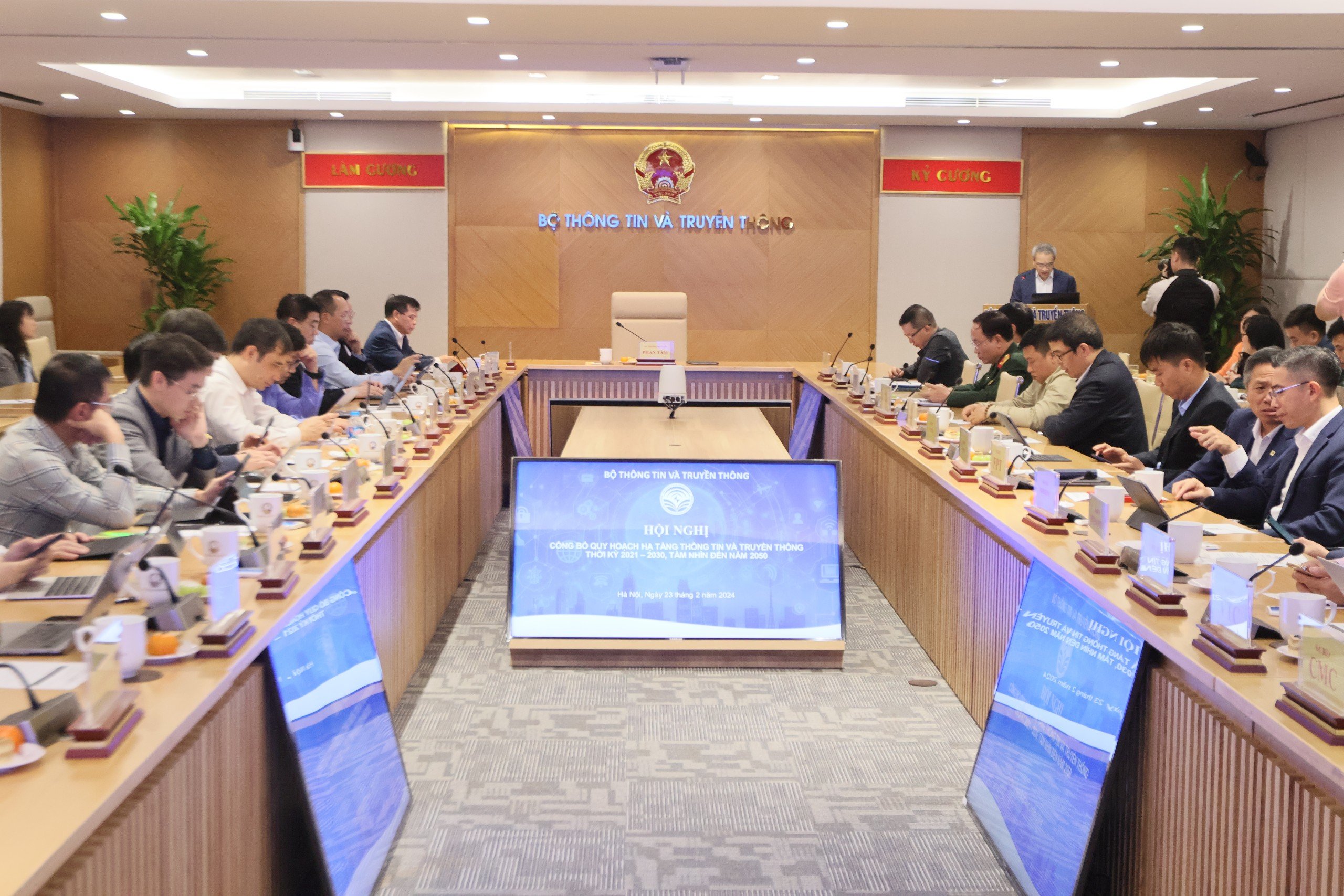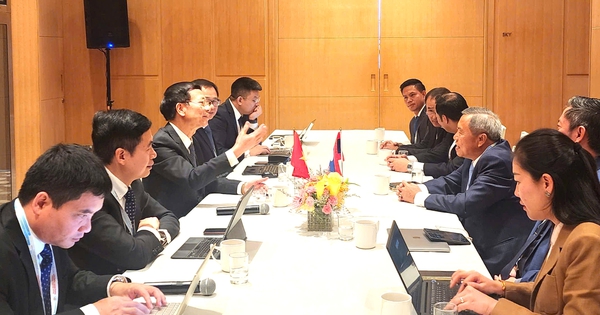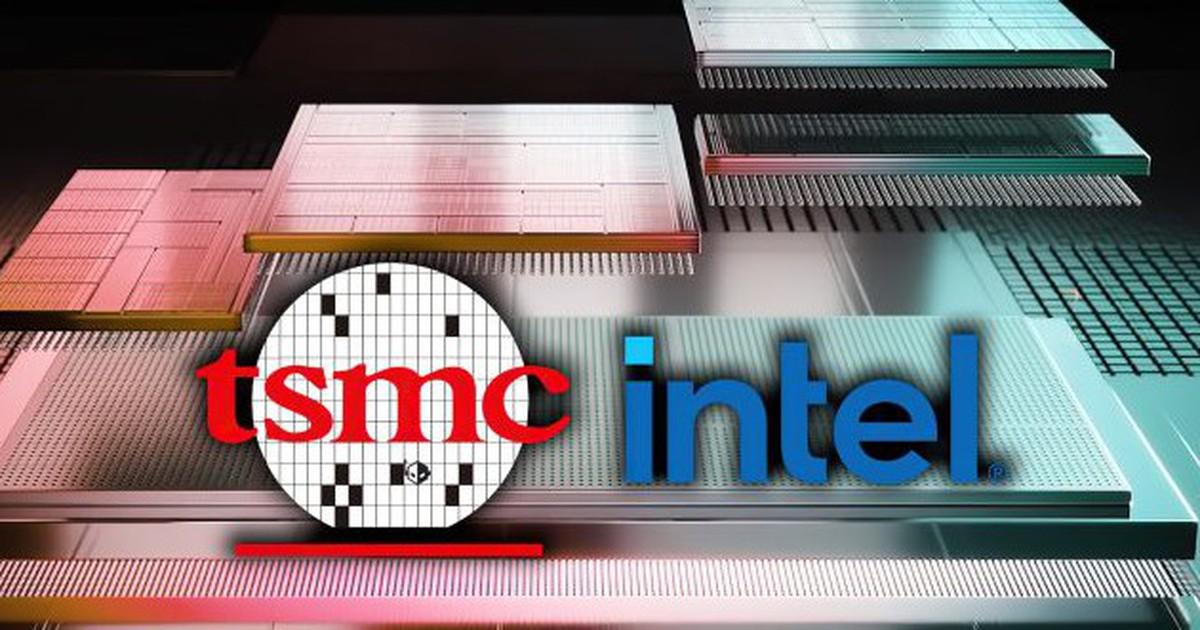This is the goal set out in the information and communication infrastructure planning for the 2021-2030 period, with a vision to 2050, announced by the Ministry of Information and Communications on February 23.

Overview of the conference announcing the IT infrastructure planning for the period 2021 - 2030, with a vision to 2050
100% of users will have smartphones by the end of 2024
According to the Ministry of Information and Communications, although Vietnam is a developing country with low average income, Vietnam has higher 4G coverage than developed countries with high income.
4G coverage in Vietnam is 99.8%, high-income countries have coverage of 99.4%. This is an effort of the information and communication industry in the process of popularizing telecommunications infrastructure, especially radio and computer programs for children to ensure online learning and working. This rate was previously 97%.
Of the 7.3 billion people in the world using phones, the rate of smartphones is 63%, while in Vietnam, this figure is more than 84%. This is an effort of the information and communications industry towards the goal of 100% of users having smartphones by the end of 2024.
Fiber optic coverage to each household is nearly 80% compared to the world average of about 60%. This result aims to achieve the goal of comprehensive digital transformation for the entire population, leaving no one behind in the digital transformation process.
Data fees in Vietnam are kept low, only half the world average. Thanks to that, everyone has the opportunity to use the internet and access digital space.
To date, Vietnam's IPv6 new generation internet address usage rate ranks 2nd in ASEAN and 9th globally, above even major powers such as China, the US and Canada. This gives Vietnam the foundation and potential to accelerate IoT development and promote the digital economy.
Developing large-scale data centers
At the conference announcing the planning, Deputy Minister of Information and Communications Phan Tam said that the planning of the information and communications sector has a particularly important meaning and role, implementing the strategic breakthrough in the Resolution of the 13th National Party Congress on building a synchronous and modern infrastructure system; helping the state plan development space, promote the development of information and communications infrastructure to serve socio-economic development.
According to the plan issued by the Prime Minister on January 11, Vietnam sets high goals in developing IT infrastructure, creating infrastructure for the development of digital government, digital economy, and digital society.
Regarding postal services, the target by 2025 is for the total service capacity of the postal network to reach over 93,000 tons of mail/day; to form 3 regional postal centers nationwide, ensuring an average service capacity of over 11,000 tons of mail/day. By 2030, the target is to build 3-5 regional postal centers nationwide, with an average service capacity of over 15,750 tons of mail/day; regional postal centers will have an average service capacity of over 5,000 tons of mail/day.
Regarding digital infrastructure, the goal of the planning by 2025 is that the fixed broadband network ensures that 100% of households have access to fiber optic cable when needed, with 90% of users having access to fixed internet, with an average speed of 200 Mb/s; 90% of socio-economic organizations such as enterprises, production and business establishments, schools, hospitals, and offices in urban areas can access the internet with an average speed of 1 Gb/s; mobile broadband network with an average download speed of at least 40 Mb/s for 4G networks and 100 Mb/s for 5G networks; 100% of the adult population has smartphones...
Implement and invest in 2-4 more international telecommunication cable lines; establish and deploy national data centers, at least 3 national multi-purpose data center clusters, regional multi-purpose data center clusters and 1-2 regional data centers to serve the needs of Vietnamese financial centers and for the region and internationally.
By 2030, the fixed broadband access network infrastructure will be invested and upgraded to ensure that 100% of users have access to speeds above 1Gb/s; 5G mobile broadband network will cover 99% of the population, aiming to develop the next generation of advanced mobile networks; develop 4-6 more international submarine optical cable lines; 100% of state agencies, state-owned enterprises and over 50% of people will use cloud computing services provided by domestic enterprises; develop large-scale data center clusters according to green standards, connect and share to form a network of data center clusters, to promote the big data industry, including forming at least 3 national data center clusters.
Source link


































































Comment (0)